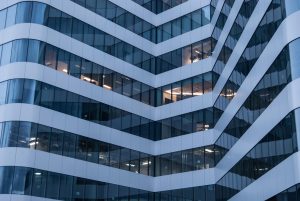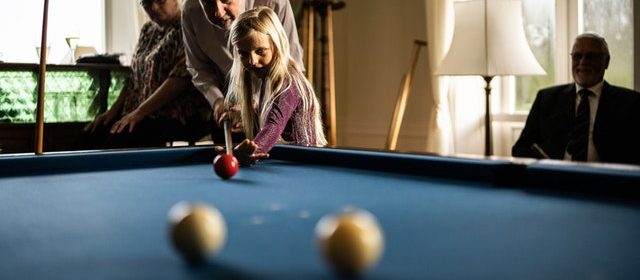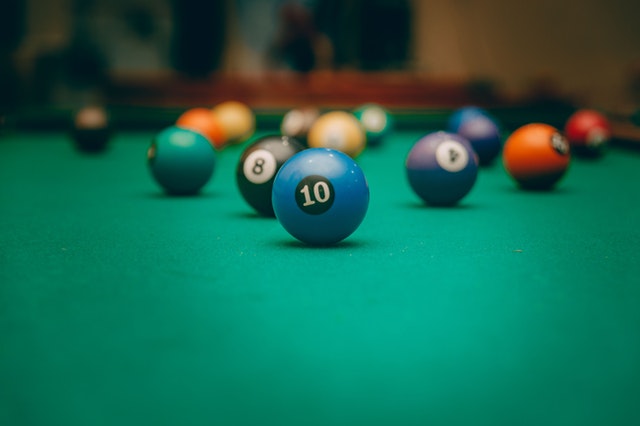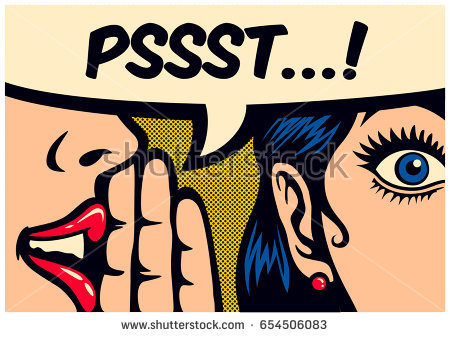The Tallest Buildings In Melbourne

People have always aspired to touch the sky and become as powerful as God. Holding on the belief that the sky is the limit, high rise complexes have sprung up all around the world allowing human beings to get nearer to the heavens, closer to God.
Our Melbourne has been the setting for a superb variety of skyscrapers and has some of the few tallest buildings in Australia. In the past forty years, there has been an explosion of large scale construction. Large buildings of various functionalities, from shopping malls to conference venues started emerging in Melbourne. This boom in construction has certainly contributed to Melbourne’s rank as the 2nd highest skyline in Australia.
Eureka Tower
Eureka Tower towers over Melbourne and will be the tallest building in Melbourne and next tallest building in Australia. Constructed in 2006, the elevation of the building is 297.3 yards. For an extended period of time, The Eureka Tower was given the title of the tallest building in the world before the HHHR Tower at Dubai surpassed it in height. Fun fact, the name Eureka was coined after the well-known Eureka Stockade, which was actually a rebellion during the old Victorian gold rush. It’s best recommended to carefully listen to all the height safety instructions meant for the building visit as a tourist.

The 14th tallest apartment building in the world, Eureka Tower is the 98th tallest building in the world. The tower includes 92 storeys and homes 556 flats, 13 lifts, 52,000 square yards of windows and 3680 stairs. The observation deck at the 88th floor of the Eureka Tower and can be regarded as the highest public vantage point in a building in the Southern Hemisphere.
Known as the Eureka Skydeck 88, this observation desk opened its doors to the general public on 15 May 2007. If you are feeling more adventurous then with an additional fee you’ll be able to input the glass block called ‘The Edge’ which is a glass cage that hangs over the edge of the tower. Your jaw will drop as you find yourself standing on top of this world because you glance through the glass floor to the Melbourne skyline which sprawls underneath. You can find the Eureka Tower in Southbank, near the Melbourne city conference centre.
120 Collins Street
120 Collins Street is the second-largest skyscraper in Melbourne and stands in 265 metres. The architects of this building drew inspiration from the likes of Empire State building and built this marvellous construction in 1991 which comprises 52 floorings. This building is currently home to a number of office suites also contains many high profile tenants namely, Bank of America, BlackRock, Rothschild, Standard & Poor’s, Bluescope Steel, Mitsubishi, Rio Tinto Group, Citigroup and so forth. This construction is the third tallest building in Australia and has been the tallest building in Melbourne before Eureka Tower took the summit of the tallest building in 2006.
Rialto Towers
Located in 525 Collins Street, Rialto Towers is the fifth tallest building in Melbourne and sixth largest building in Australia. It was the tallest construction for five years until 120 Collins Street overtook it in 1991. This building provided refuge to the very first public observation deck in Melbourne that was then closed in 2009 to make way for its world-class Vue De Monde restaurant. This building stands at 251 metres and was constructed in 1986 during the high rise construction boom of the 80s. Rialto Run-up occasion is one of the most distinguished fun runs of Melbourne and can be organised annually. This enjoyable run involves hurrying up 242 metres, 1222-1254 measure race to the 53rd floor of the Rialto building. If you plan on visiting the Rialto Towers sometime, be sure to check out the Lui Pub, located on the 55th floor to see the stunning landscape of Melbourne. And for safety precaution, all these buildings have done adequate tower rescue courses and means as a preparation for any potential dangers.



 Splashes of the rainbow in a painting can change the atmosphere of a meeting room, or a bit of fantastic artwork can offer a talking point in a flat corporate space. But can art have a direct effect on employee productivity or well-being?
Splashes of the rainbow in a painting can change the atmosphere of a meeting room, or a bit of fantastic artwork can offer a talking point in a flat corporate space. But can art have a direct effect on employee productivity or well-being?